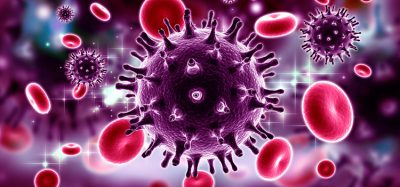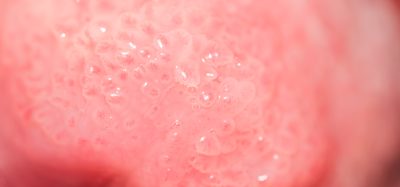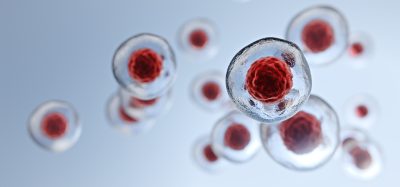Using scientific literature to aid the development of a safe and effective COVID-19 vaccine
Posted: 2 June 2020 | Victoria Rees (Drug Target Review) | No comments yet
Researchers in the US describe how they utilised previously published scientific literature to guide the design of their potential COVID-19 vaccine.
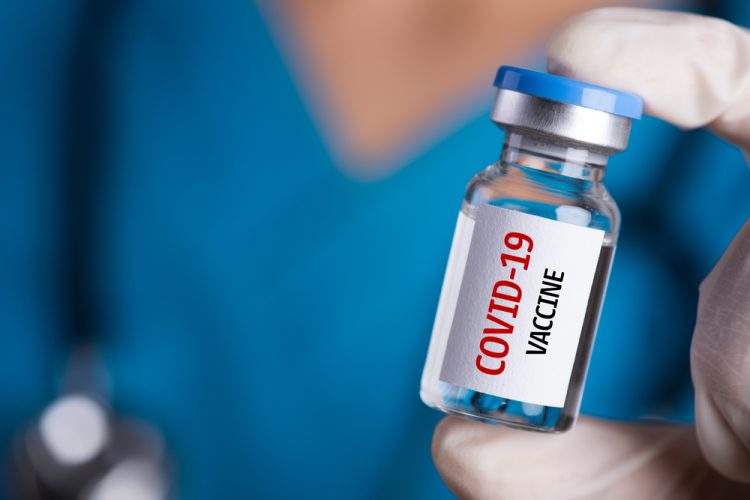

In response to COVID-19, caused by the SARS-CoV-2 virus, researchers at Baylor College of Medicine and Texas Children’s Hospital in the US have found a vaccine design that can face specific challenges. The scientists say that their investigations took into considerations the fact that vaccine development approaches require an understanding of how the immune system naturally responds to a specific infection as well as how prophylactics might trigger specific protective responses.
The National School of Tropical Medicine at Baylor and the Center for Vaccine Development at Texas Children’s, co-led by Dr Maria Elena Bottazzi and Dr Peter Hotez, are currently developing COVID-19 vaccines. The researchers are applying their years of experience developing vaccines for neglected tropical and emerging infectious diseases such as severe acute respiratory syndrome (SARS) and Middle East respiratory syndrome (MERS) to develop a safe and effective COVID-19 vaccine.
“As we proceed with the designing and testing of vaccine candidates, we felt the need to collaborate with a clinical immunologist, who also is engaged in basic and translational research, so that together we can inform our vaccine development efforts and ensure we evaluate both the protective mechanisms and avoid inducing any undesirable immunological responses that have been associated with some respiratory viruses,” said Bottazzi, professor of paediatrics and of molecular virology and microbiology.
Biomarkers aren’t just supporting drug discovery – they’re driving it
FREE market report
From smarter trials to faster insights, this report unpacks the science, strategy and real-world impact behind the next generation of precision therapies.
What you’ll unlock:
- How biomarkers are guiding dose selection and early efficacy decisions in complex trials
- Why multi-omics, liquid biopsy and digital tools are redefining the discovery process
- What makes lab data regulatory-ready and why alignment matters from day one
Explore how biomarkers are shaping early drug development
Access the full report – it’s free!
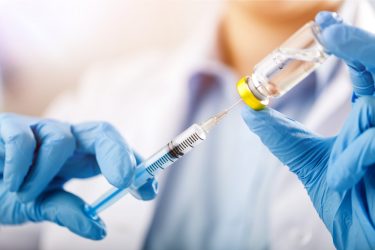

“These publications are the result of an in-depth literature search and analysis that has informed our vaccine development strategy. We highlight experimental and clinical evidence showing some of the challenges toward the development of COVID-19 vaccines – what we know and what we do not know – and the critical points we should pay close attention to as we advance and evaluate our vaccine candidates,” Bottazzi said.
A protective response against COVID-19
According to the researchers, while most of the evidence points to natural infection from COVID-19, with the virus generating protective immunity, important gaps remain. Researchers know that the mechanism of protection will most likely need to rely on a robust antibody response with neutralising capacity, along with a balanced cellular response and cytokines or immune proteins.
…we need to have many vaccine candidates, platforms and trials, so we can evaluate as many vaccine options as possible”
In recent studies, rhesus macaques infected with SARS-CoV-2 have developed protective antibodies and resistance to reinfection. Previous studies from SARS-CoV in 2003 also showed that persistent antibody responses against the virus Spike (S) protein, which the virus uses to bind to and invade a cell. These experiments reveal that a specific part of the S protein known as the receptor binding domain (RBD) supported immunity.
“We are encouraged by the evidence supporting the likelihood that immunising against the S protein’s RBD represents a realistic and viable vaccination strategy. However, many questions remain,” said Hotez, who serves as dean of the National School of Tropical Medicine at Baylor.
“Studying the immunological responses triggered in people infected by the virus is one way researchers can select what viral components or antigens are promising candidates to use when designing the vaccine,” Bottazzi said.
On that basis, the Baylor and Texas Children’s teams, in collaboration with the New York Blood Center, developed a vaccine strategy based on this RBD.
Cell-mediated responses
The researchers delved into scientific literature surrounding COVID-19 vaccines, finding that pre-clinical testing of some experimental vaccines, followed by viral infection in animal models, showed tissue damage caused by cellular infiltrates after the induction of an immune response.
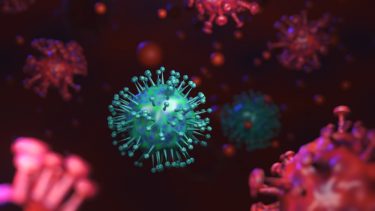

“We also found studies that show that type Th17 immune responses likely could account for the cellular infiltrates, including eosinophils, observed in animal models,” said Hotez.
This immune infiltration was observed with experimental viral-vectored vaccines. Viral-vectored vaccines use a chemically weakened and different virus to transport components or antigens of the COVID-19 virus into the body to stimulate an immune response.
Although the researchers say more research is needed to understand the mechanisms of cell-mediated responses and their relevance to clinical outcomes, the potential of significant immune cell infiltration has important implications for COVID-19 vaccine development.
Research also has suggested that the selection of adjuvants – agents traditionally added to vaccines to boost a positive immune response – may impact the type of immune response triggered. For instance, in SARS vaccines, using alum reduces cellular infiltration, indicating that this adjuvant could minimise these undesirable responses.
“Based on prior evidence, we also opted to evaluate and use alum in our COVID-19 vaccine formulation since our goal is to ensure we reduce the possibility of inducing an undesirable immune response,” Bottazzi said.
Antibody-mediated responses
Antibody-mediated responses, or antibody-dependent enhancement, has been previously observed in dengue and other viral infections.
“Antibody-dependent enhancement in dengue occurs when antibodies bind to the virus and shuttle it inside infection-fighting cells called macrophages. Once the virus coated with an antibody is inside macrophages, it does not die. It replicates,” Corry said. “The macrophages end up spreading the infection inside the organism as macrophages move around.”
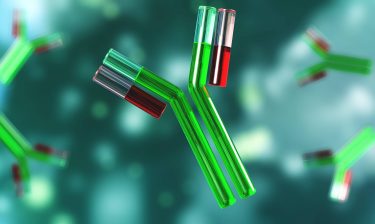

“For this reason, we selected the RBD of the virus. It excludes the epitopes or sections of viral proteins that might potentially induce antibody-dependent enhancement,” Hotez said.
“We have not found any evidence that our vaccine triggers antibody-dependent enhancement in laboratory pre-clinical experiments. Experimental evidence suggests that our vaccine against the RBD leads to the neutralisation of the virus,” Bottazzi said. “Pre-clinical studies performed with our partners at the University of Texas Medical Branch, show that the RBD on alum is indeed a promising vaccine candidate. It can trigger an immune response that is protective and does not induce undesirable cellular immune responses. We are working to advance this approach into the clinic for Phase I studies.”
Studying the immunological responses… is one way researchers can select what viral components or antigens are promising candidates”
“There are many challenges to overcome but like never before, scientists around the world are working together to develop effective and affordable vaccines,” Corry said. “We’ll get there, it will just take time to do it right.”
“We believe that we need to have many vaccine candidates, platforms and trials, so we can evaluate as many vaccine options as possible to select the ones that are the most appropriate and prove to be the most effective and safe,” said Hotez.
Related topics
Antibodies, Antibody Discovery, Drug Development, Drug Targets, Immunology, Research & Development, Target Validation, Vaccine
Related conditions
Coronavirus, Covid-19, Middle East Respiratory Syndrome (MERS), Severe Acute Respiratory Syndrome (SARS)
Related organisations
Baylor College of Medicine, Texas Children's Hospital
Related people
Dr David Corry, Dr Maria Elena Bottazzi, Dr Peter Hotez





